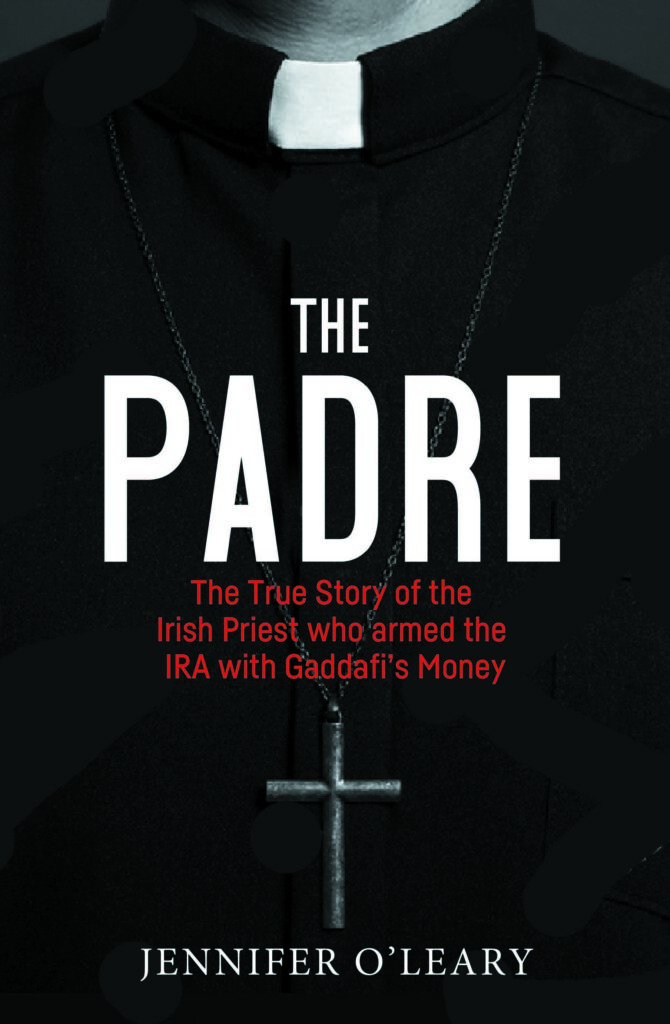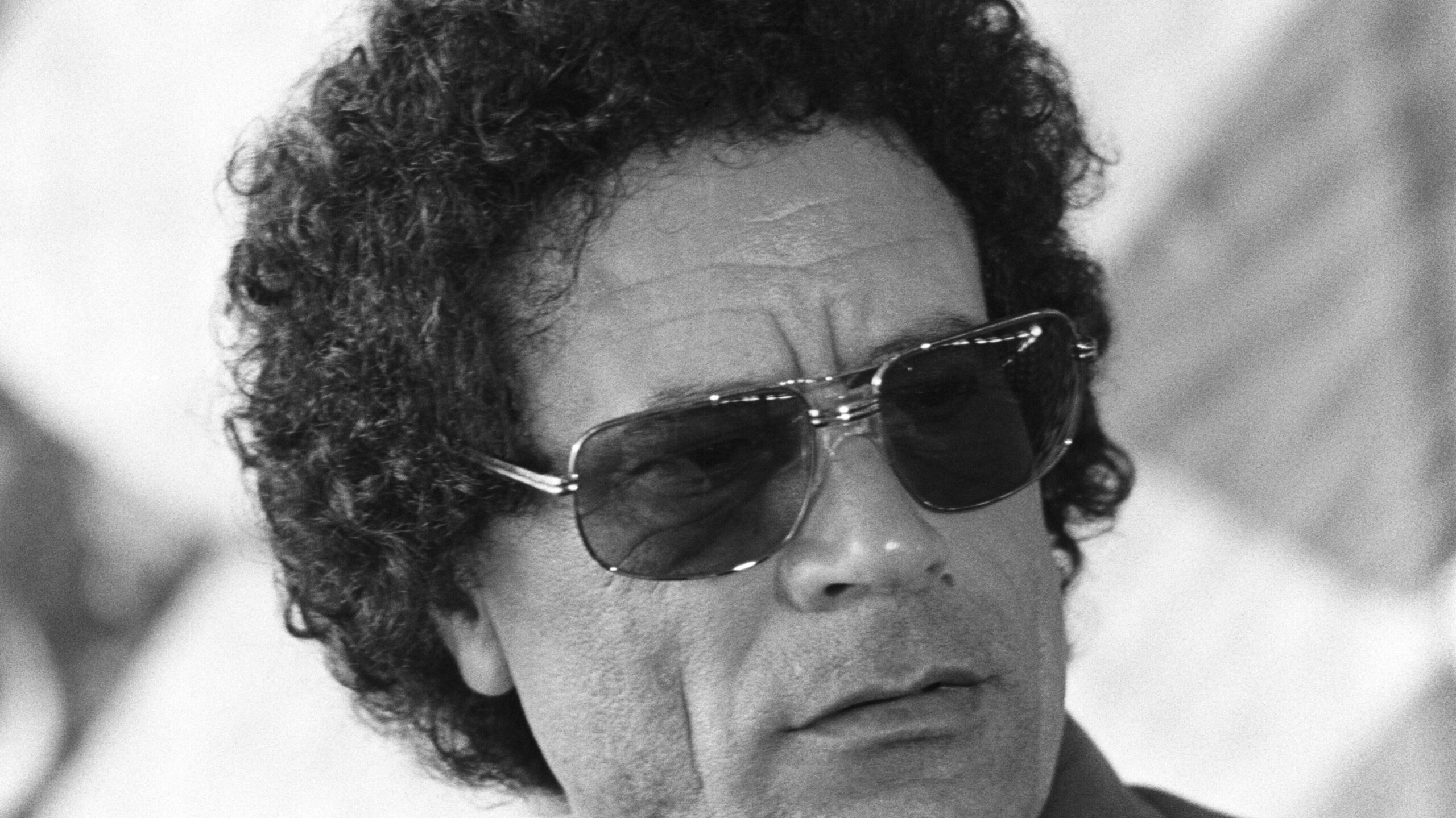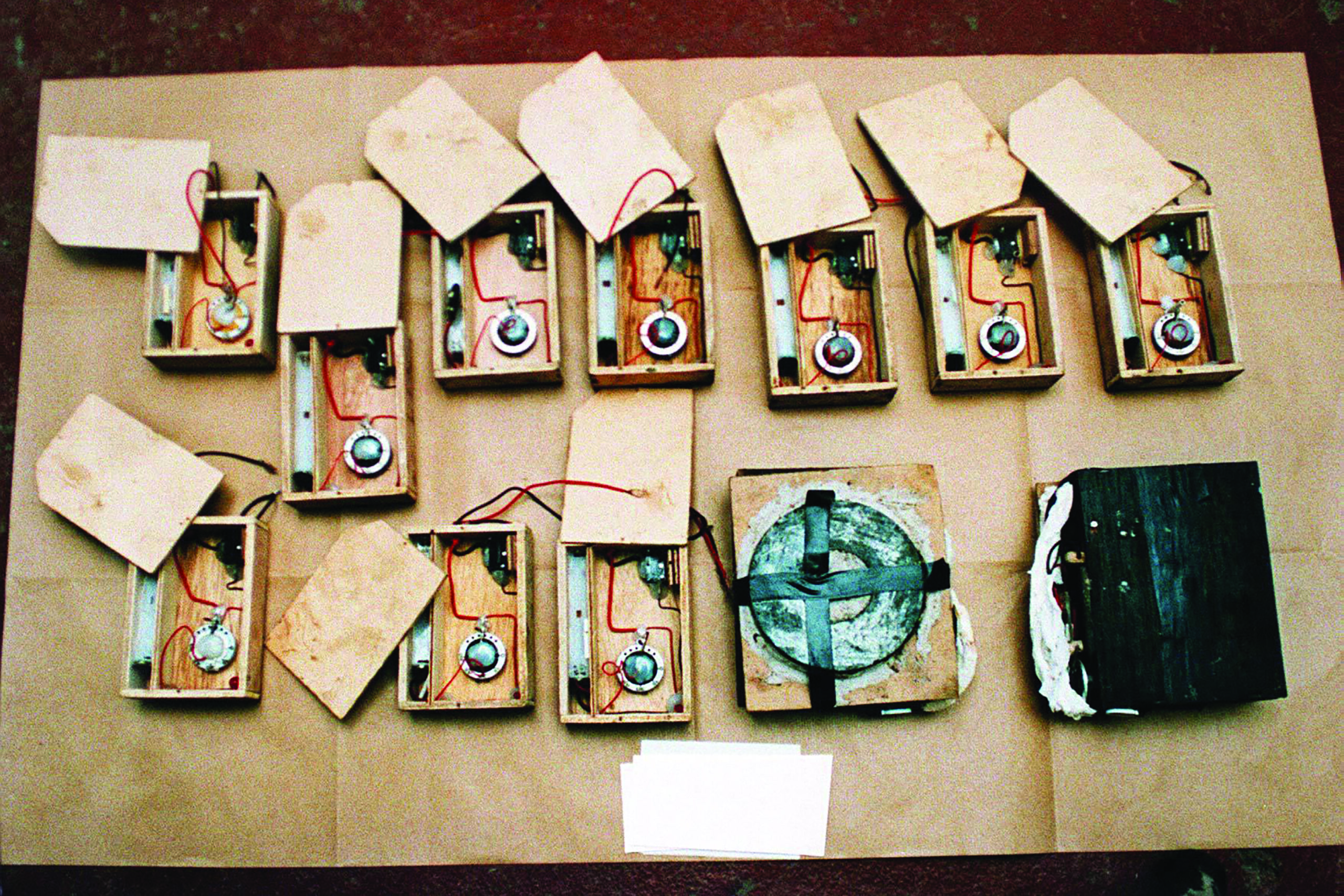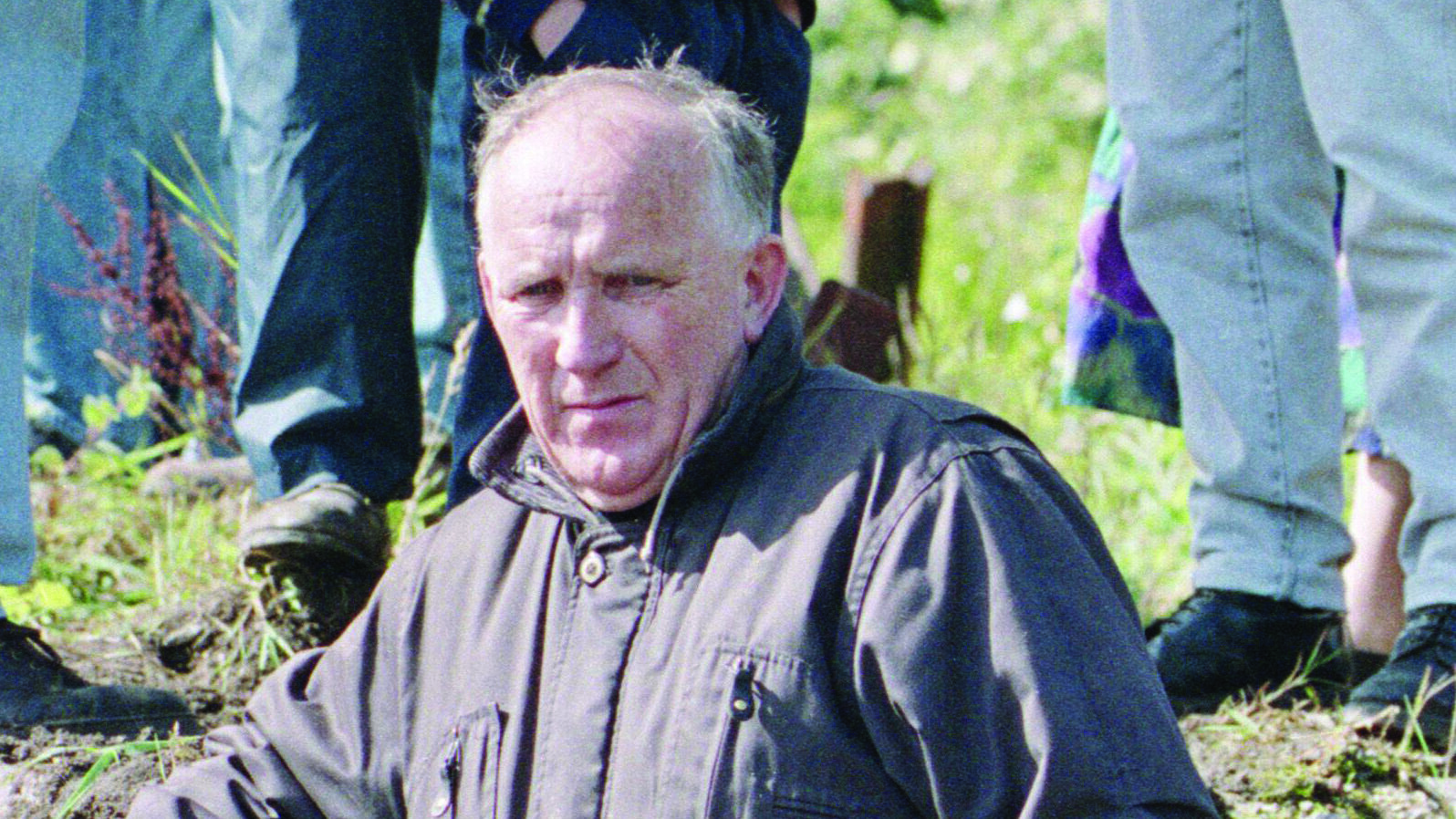Jennifer O’Leary is an award-winning investigative reporter, best known for her work on Spotlight, BBC Northern Ireland’s foremost current affairs program. Here she discusses her latest book, The Padre, which recounts the dark history of Father Patrick Ryan and his work for the Irish Republican Army.
Image credit: PA Images / Alamy Stock Photo

While working on Spotlight on the Troubles, a source approached Jennifer O’Leary with an irresistible lead: “If you want a story about the IRA that’s never been told by the main player himself, there’s a Ryan you need to speak to, but I doubt he’ll talk.” They were referring to Father Patrick Ryan who had evaded light being cast on his IRA activities for decades.
But Father Ryan did talk during a landmark interview on Spotlight. Speaking with O’Leary, the priest finally admitted to being involved in multiple IRA attacks including the infamous attempted assassination of Margaret Thatcher in Brighton.
After only scratching the surface on Spotlight, O’Leary held countless further interviews with the priest which were transformed into her latest book The Padre. It breaks stunning new ground on Father Ryan’s involvement in the IRA’s financial, military, and logistical dealings in Ireland, Libya and beyond, and how he converted a Swiss parking timer into a highly accurate bomb timer.
O’Leary spoke to History of War about Ryan’s changing role in the IRA, rising to being their leading representative in Libya and the journalistic challenges associated with working with problematic and complex sources.
For more information visit www.irishacademicpress.ie
In your view, how did Ryan rationalise and justify the contradiction between his roles as a priest and an IRA agent?
He doesn’t, insofar as he is ruthlessly, single-minded in whatever orthodoxy he is dedicated to at a particular time. So for example, as an Irish missionary priest, he was totally dedicated to building clinics and drilling for water; flying a plane between clinics to deliver medicine. But when he turned his attention and his efforts to militant Irish nationalism, that overrode all of the teachings that he had studied for so many years at the seminary and the ethical codes he was supposed to follow.
What he believed in more than anything else was Irish militant nationalism. I think at the core of his story, that is what many people find so, so shocking and so surprising is how somebody who was ordained to administer the sacraments of the Catholic Church can be involved in such an explicit way in organising money, and then organising the bomb components that went on to be involved in bringing carnage to so many people.
Related: 1916’s Easter Rising transformed Great Britain as well as Ireland
Can you talk about the network Ryan established in Libya and his relationship with Gaddafi?
So the IRA in Patrick Ryan, had a valuable asset in Libya, because here was somebody who spoke five languages; he was highly educated; he was charismatic; he was cunning enough to be able to suffer what he needed to do and understand who he needed to ingratiate himself with.

(Photo by Reg Lancaster/Express/Getty Images)
Crucially, he didn’t have a wife and family back home to be yearning to return to. He was very much a sole trader. He set up a system whereby he would travel to Libya, to meet with his Libyan intelligence contacts, and at times, he would speak to Muammar Gaddafi himself.
That was really about keeping the relationship going because he was physically collecting the money from different Libyan embassies in Europe. He would collect the cash and he had set up a network of sleepers to physically bring the money from Europe back to Ireland, usually via the ferry from Le Havre to Rosslare.
So it wasn’t like he was collecting the money, putting it in a suitcase, and physically bringing it back to Dublin. He very carefully cultivated a very small network of people to do that for him.
He also set up a Swiss bank account so that there was somewhere safe he could lodge the money while the system was being set up.
Patrick Ryan was involved in developing the Memo Park bomb timer, which borrowed from a simple Swiss parking timer to develop the most accurate IRA bomb timer yet. How do you think this contribution to improving the effectiveness of IRA bombing increases his culpability?
The Memo Park timer that he re-engineered to be used in bombs transformed the IRA’s capacity to wreak carnage because it made it easier to train IRA bomb makers and the Memo Park components made it safer for those planting bombs.
He bought them in hundreds and sent them back to Ireland, and Memo Park components became a hallmark of IRA bomb attacks, used in scores of bombings from the mid-1970s onwards.
So, Patrick Ryan was never the person who was putting the bomb together in a shed in South Omagh or Belfast. He had a hand in every bombing because the components he supplied and he recommended were used.

(PA Images / Alamy)
As a journalist, how did you navigate the problematic nature of Father Ryan’s complex character?
I treated him the same as any other source that I am listening to. Some of the things that he says, I’m aware in real time that it’s very hurtful to victims and difficult to listen to.
My approach has always been if you listen in judgement, you’re only ever going to be able to tell a story in judgement. It’s up to readers to decide for themselves what they make of a particular character; what they make of a person’s motivation, and the choices that they have made in their life.
Patrick Ryan is somebody who is outwardly gentle and very mannerly. I’d observe him having chit-chat with people wherever we would stop to have our chats. But every now and then, the steeliness at the core of his character would emerge.
“He straightened himself up in the chair and there was a flash of a much younger man in his eyes, and he started to talk about history, British imperialism and the British Empire. I looked him straight in the eye and he just said, “Where is their sorrow?”
I remember saying to him at one stage that people will find it very difficult to understand how you have no remorse in terms of your actions. He straightened himself up in the chair and there was a flash of a much younger man in his eyes, and he started to talk about history, British imperialism and the British Empire. I looked him straight in the eye and he just said, “Where is their sorrow?”
You’re dealing with somebody who has never been swayed from what he believes and he obviously didn’t see anything else in terms of militant Irish nationalism for many, many decades. He still believes in what he did and I think the fact that he has no remorse is what makes it very difficult for victims’ families. That’s something that I’m very mindful of.
Follow Jennifer O’Leary on Twitter @Jen_O_Leary. To read our full interview with O’Leary, pick up issue 128 of History of War.
